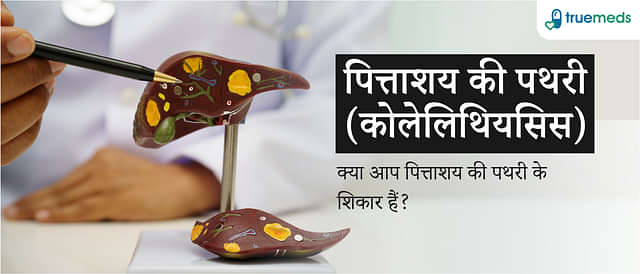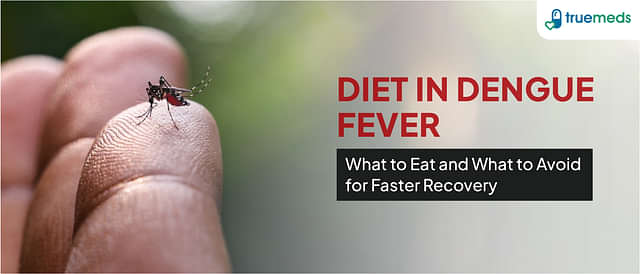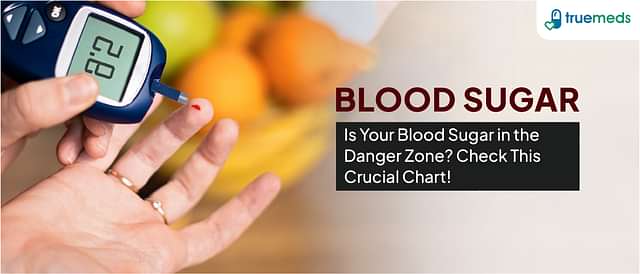Shingles
Shingles, also known as herpes zoster, is a viral infection caused by the reactivation of the varicella-zoster virus, which is the same virus that causes chickenpox. It is characterised by a painful, blistering rash that typically appears on one side of the body and can lead to complications such as postherpetic neuralgia. Early diagnosis and treatment are essential for managing the symptoms and reducing the risk of complications.
Last updated on : 17 Apr, 2025
Read time : 13 mins

Overview of Disease
Shingles is a common and often painful condition that affects millions of people worldwide. It is caused by the reactivation of the varicella-zoster virus, which lies dormant in the body after a person has had chickenpox. Understanding the causes, symptoms, and stages of shingles is crucial for early diagnosis and effective management of the condition.
What are Shingles?
Shingles, medically known as herpes zoster, is a common viral infection that affects the nerves and manifests as a painful rash on the skin. It typically appears on one side of the body or face and can be triggered by various factors, such as stress and weakened immunity. The varicella-zoster virus, which causes chickenpox, remains dormant in the nerve tissues near the spinal cord and brain after an individual recovers from chickenpox. Years later, the virus can reactivate, leading to the development of shingles.
Key Factors about Shingles
| Category | Details |
| Also Referred as | Herpes zoster |
| Commonly Occurs In | Adults over 50 years old |
| Affected Organ | Skin, nervous system, eyes |
| Type | Viral infection |
| Common Signs | Painful rash, burning, itching, fluid-filled blisters |
| Consulting Specialist | Dermatologist |
| Treatement Procedures | Antiviral medication, pain relief, antihistamines |
| Managed By | Acyclovir, valacyclovir, and famciclovir |
| Mimiciking Condition | Chickenpox, Ramsay Hunt syndrome, postherpetic neuralgia |
Types of Shingles
Shingles, also known as herpes zoster, can occur in various parts of the body. Some common types include:
Ophthalmic shingles: This type of shingles occurs around the eye, starting as a burning or tingling sensation on the scalp, cheeks, or forehead. It can cause vision problems and requires immediate medical attention to avoid complications like vision loss.
Facial shingles: Shingles on the face often start with a tingling sensation that turns into an itchy, painful rash on the scalp, forehead, or cheeks. Facial shingles requires prompt action, and you should see a doctor the same day to prevent complications.
Shingles on buttocks: This type can appear anywhere on the buttocks, resulting in a burning rash that stays on one side. The rash typically follows a belt-like shape and may extend towards the side and front of the body.
Early detection and treatment are crucial in managing the symptoms and preventing complications associated with different types of shingles.
Early Signs of Shingles
Before the characteristic shingles rash appears, you may experience some early signs and symptoms, including:
Tingling or localised pain
Burning sensation
Numbness or pins and needles feeling
Itching
Sensitivity to light touch
Headache
Fatigue
Light sensitivity
Upset stomach
If you suspect you might have shingles based on these early symptoms, consult your doctor promptly for an accurate diagnosis and appropriate treatment.
Symptoms of Shingles
The hallmark symptoms of shingles include:
Rash and blisters: The most common symptom of shingles is a painful rash that usually appears as red, pink, greyish, or purple blotchy patches on one side of the body, often following the path of a nerve. Fluid-filled blisters develop and eventually crust over and scab. The rash can be severe, itchy, and typically affects the trunk, face, arm, or leg.
Pain: The rash is often accompanied by significant pain, which can be sharp, burning, or throbbing. This pain may persist after the rash has healed, potentially leading to postherpetic neuralgia.
Systemic symptoms: Fever, chills, headache, and fatigue may accompany the rash.
Eye complications: When shingles involves the eye, it can lead to a range of ocular symptoms such as a rash on the eyelids, conjunctivitis (redness and discharge in the whites of the eyes), blurry vision, iritis (pain and swelling inside the eye), light sensitivity, optic neuritis (swelling of the optic nerve), and keratitis (breakdown of the corneal surface).
Shingles symptoms usually last between 2 to 6 weeks. Early treatment with antiviral medications can help reduce the severity and duration of symptoms.
Stages of Shingles
Shingles progresses through several stages, each with its own set of symptoms and characteristics:
Preeruptive phase: Before the rash appears, individuals may experience burning, shooting, or tingling sensations in the affected area. These sensations can be accompanied by fever, headache, and fatigue.
Eruptive phase: A red rash forms, typically on one side of the body, which can be itchy and sensitive to touch. The rash develops into fluid-filled blisters that eventually break open and crust over.
Chronic phase: The pain associated with shingles can be severe and may persist even after the rash has cleared up. This condition is known as postherpetic neuralgia (PHN) and is more common in older adults. PHN can last for several months or even years, significantly impacting a person's quality of life.
By understanding the stages of shingles, you can better recognise the symptoms and seek timely medical attention.
Causes of Shingles
Causes of Shingles
Shingles is caused by the reactivation of the varicella-zoster virus, which is the same virus that causes chickenpox. After a person recovers from chickenpox, the virus remains dormant in the nervous system. It can reactivate years later, leading to shingles.
Several factors can increase the risk of reactivation of the varicella-zoster virus:
Weakened immune system: Conditions that compromise the immune system, such as HIV/AIDS or cancer treatments, can increase the likelihood of shingles. Similarly, medications that suppress the immune system, such as corticosteroids, may also be a contributing factor.
Age: Shingles is more common in older adults, particularly those over the age of 50. The immune system tends to weaken with age, making it harder for the body to keep the varicella-zoster virus in check.
Stress: High levels of stress or emotional trauma can trigger the reactivation of the virus. Stress can affect the immune system's ability to function properly, potentially leading to an outbreak.
Chronic illnesses: Certain chronic health conditions, such as diabetes or chronic obstructive pulmonary disease (COPD), can put additional strain on the immune system and increase the risk of shingles.
Exposure to chickenpox: While shingles itself is not directly transmitted from person to person, the varicella-zoster virus can be spread to someone who has never had chickenpox, leading to a new case of chickenpox. This exposure does not cause shingles but may influence the risk of future outbreaks.
Understanding these causes can help in recognising the risk factors and seeking preventive measures, such as vaccination, to reduce the likelihood of developing shingles.
Risk Factors
The risk of developing shingles varies among different groups:
Having had chickenpox in the past
Being over 50 years old
Having a weakened immune system due to conditions like HIV/AIDS, cancer, or immunosuppressive medications
Undergoing cancer treatments such as radiation or chemotherapy
Taking certain medications, such as steroids or medicines to prevent rejection after an organ transplant
Complications
While most people recover from shingles without serious issues, some may experience complications:
Persistent nerve pain that can last for months or even years after the shingles rash has healed.
Shingles near the eye can lead to corneal damage, vision loss, or other eye-related issues.
Bacterial skin infections can occur if the blisters are not kept clean and dry.
In rare cases, shingles can lead to pneumonia, especially in older adults or those with weakened immune systems.
A very rare complication, encephalitis is an inflammation of the brain that can occur as a result of shingles.
For pregnant women, additional complications may include neonatal varicella, congenital varicella syndrome, and an increased risk of miscarriage or preterm birth if chickenpox is contracted during pregnancy.
Prevention of Shingles
When it comes to shingles, certain precautions should be taken for children, pregnant ladies, and older adults. Children who haven't had chickenpox should get the vaccine to prevent getting infected. If a child hasn't had chickenpox, they should avoid direct contact with someone who has active shingles, as they can catch chickenpox from the blister fluid of a person with active shingles.
Pregnant women who haven't had chickenpox should also avoid direct contact with anyone who has active chickenpox or shingles, as they can catch chickenpox, which can pose risks for them and their baby. They should talk to their doctor if they come into contact with someone who has chickenpox or shingles, as they may need treatment to prevent infection.
Older adults (over 50) should get the shingles vaccine to reduce the risk of developing shingles and postherpetic neuralgia. The varicella zoster virus, which causes chickenpox and shingles, can remain dormant in the body for years and reactivate later in life, making older adults more susceptible to developing shingles.
Diagnosis & Tests
The diagnosis of shingles primarily relies on a combination of clinical examination and patient history. These include:
1. Physical Examination
In most cases, a doctor can diagnose shingles based on the appearance of the characteristic rash and the associated symptoms. They will examine the affected area and ask about the patient's medical history, including whether they have had chickenpox in the past.
2. Laboratory Tests
In some cases, laboratory tests may be necessary to confirm the diagnosis of shingles, especially if the rash is a typical or the patient has a weakened immune system. These tests may include:
- Viral culture: A sample is taken from the blisters and sent to a lab to identify the presence of the varicella zoster virus.
- Polymerase chain reaction (PCR) test: This test can detect the DNA of the varicella zoster virus in the blister fluid or scabs.
- Blood tests: Antibody tests can determine if a person has had chickenpox or shingles in the past.
Treatment & Management
The primary treatment for shingles involves antiviral medications, which are most effective when started within three days of symptom onset. These medications help reduce the severity and duration of the rash while lowering the risk of complications such as postherpetic neuralgia (PHN), a chronic pain condition that can persist after the rash heals.
1. Antiviral Medications
Aciclovir (Acyclovir), Valacyclovir, and Famciclovir are commonly prescribed antivirals that help speed up healing and reduce the intensity of symptoms. Your doctor will determine the most suitable option and dosage based on factors such as age, overall health, and severity of the condition.
2. Pain Relief
Ibuprofen is a commonly recommended nonsteroidal anti-inflammatory drugs (NSAID) to help alleviate pain and discomfort caused by shingles. Capsaicin cream may be used to manage nerve pain associated with postherpetic neuralgia (PHN), providing relief by reducing pain sensitivity in the affected area. Starting treatment early and following your doctor’s recommendations can significantly improve recovery and prevent long-term complications.
3. Pain Management
Pain relief methods include:
- Cool compresses to soothe the skin
- Medicated lotions or creams to reduce irritation
- Lidocaine and Capsaicin based numbing medications
- Over-the-counter pain relievers like acetaminophen or ibuprofen
- Prescription painkillers like codeine for severe pain
4. Anticonvulsants & Tricyclic Antidepressants
Certain medications help manage nerve pain from post-herpetic neuralgia:
- Gabapentin or Pregabalin (Anticonvulsants)
- Amitriptyline, or Nortriptyline (Tricyclic antidepressants)
5. Post-Herpetic Neuralgia Management
For long-term nerve pain after shingles, treatments include:
- Local anesthetics
- Topical capsaicin
- Transcutaneous electrical nerve stimulation (TENS) or acupuncture
- Botulinum toxin injections into the affected area
Medication for Shingles
Antiviral medications are the primary treatment for shingles. These medications work best when initiated within 3 days of the onset of symptoms and can reduce the severity and duration of the rash. Commonly used antivirals include acyclovir, valacyclovir, and famciclovir. These medications can help speed healing and lower the risk of complications such as postherpetic neuralgia (PHN), a chronic pain condition that can persist after the shingles rash has healed. Your doctor will determine the most appropriate antiviral medication and dosage based on your age, health status, and the severity of your condition.
When to See a Doctor?
If you suspect that you have shingles, it is essential to consult a doctor promptly. Ideally, you should seek medical attention within three days of the rash appearing. Early intervention can significantly reduce the severity of symptoms and minimise the risk of potential complications such as postherpetic neuralgia (long-term nerve pain) and vision loss. Don't hesitate to reach out to your doctor if you experience symptoms like a painful, blistering rash, fever, headache, or fatigue, especially if you are over 50 or have a weakened immune system. Timely diagnosis and treatment can make a substantial difference in your recovery from shingles.
Key Takeaways
Shingles is a viral infection caused by the varicella zoster virus, which also causes chickenpox.
The condition is characterised by a painful, blistering rash that typically appears on one side of the body or face.
Shingles is most common in people over 50 years old and those with weakened immune systems.
Early treatment with antiviral therapy, ideally within three days of the rash appearing, can reduce the severity of symptoms and the risk of complications.
Self-care measures like keeping the rash clean and dry, applying cool compresses, and wearing loose-fitting clothes can help alleviate symptoms.
Vaccination against shingles, such as the Shingrix vaccine, can help prevent the condition or reduce its severity.
FAQs
Is it safe to be around someone with shingles?
What is the fastest way to cure shingles?
Starting antiviral medications (such as acyclovir and valacyclovir) within 72 hours of the rash appearing is the fastest way to manage shingles and reduce the illness's severity and duration.
How long do shingles last?
Shingles typically lasts between two to four weeks, but post-herpetic neuralgia (PHN) can persist for months or even years in some cases, particularly in older adults.
What are the home remedies for the disease?
Home remedies like cool compresses, wet dressings, pain relief medication, and keeping the rash clean and covered can help manage symptoms and prevent spreading the infection.
Can the disease be treated with Ayurveda?
Yes, Ayurveda can be used to support the treatment of shingles through herbal remedies, dietary adjustments, and treatments aimed at balancing the body's doshas and boosting immunity. Consult a doctor before trying alternative therapies.
Which foods should not be consumed in shingles disease?
It's advisable to avoid foods high in arginine, such as nuts, chocolate, and caffeine, as they can potentially worsen symptoms. Avoid spicy, acidic, or salty foods that can irritate the skin and worsen pain.
When is shingles vaccine necessary?
The shingles vaccine is recommended for all healthy adults aged 50 and above, and for adults 19 and older with weakened immune systems due to disease or therapy.
How do I avoid shingles virus contact?
Keep the rash covered, wash hands frequently, and avoid touching or scratching the rash to prevent spreading the varicella zoster virus to others.
What are the mimicking conditions for the disease?
Conditions like herpes simplex, contact dermatitis, insect bites, impetigo, and cellulitis can present symptoms similar to the early stages of shingles rash.
How is herpes zoster transmitted?
The varicella zoster virus, which causes shingles, is transmitted through direct contact with fluid from the shingles rash blisters or by inhaling viral particles.
References
Centers for Disease Control and Prevention. (2021, July 1). Shingles (Herpes Zoster). https://www.cdc.gov/shingles/index.html
NHS. (n.d.). Shingles. https://www.nhs.uk/conditions/shingles/
MedlinePlus. (2020, May 27). Shingles. https://medlineplus.gov/shingles.html
National Institute on Aging. (2020, June 26). Shingles. https://www.nia.nih.gov/health/shingles
Browse Other Conditions
Latest health articles
Top Health Essentials
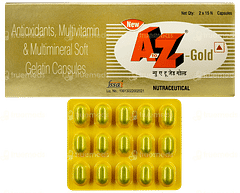

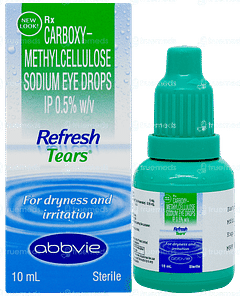
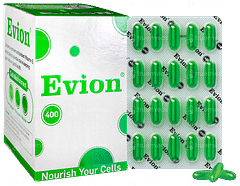
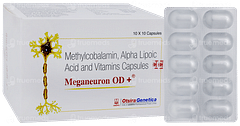
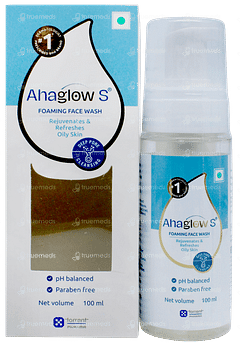







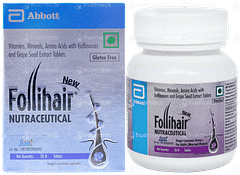
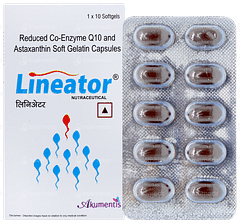


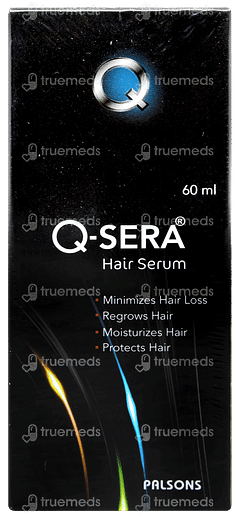


Disclaimer
Top-Selling Medicines:
...View more
Top-OTC medicines:
...View more
Company
About UsHealth ArticleHealth StoriesDiseases & Health ConditionsAyurvedaAll MedicinesAll BrandsNeed HelpFAQSecuritySubscribe
Registered Office Address
Grievance Officer
Download Truemeds
Contact Us
Our customer representative team is available 7 days a week from 9 am - 9 pm.
v4.8.1
2025 - Truemeds | All rights reserved. Our content is for informational purposes only. See additional information.
Our Payment Partners









